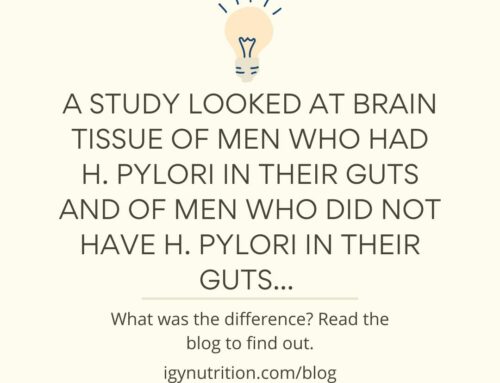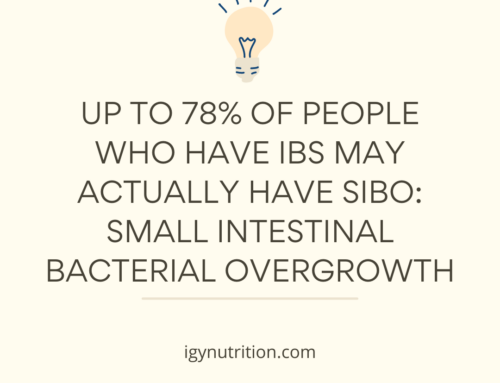With the widespread attention paid to maintaining a healthy gut, it might come as a surprise that there is no clear definition of a “healthy microbiome.”
This might lead you to wonder, what does a healthy gut look like?
Unfortunately, that question is difficult to answer in one sentence. Since everyone’s microbiome is very unique, there is no concise definition of a “healthy” microbiome.
By contrast, dysbiosis is considered as any disruption in the bacterial composition relative to the microbial balance found in healthy individuals.
So, rather than to define a healthy microbiome by the occurrence of a set number of specific bacteria; we can typically refer to a healthy microbiome in terms of the absence of dysbiosis, or as one that has high bacterial diversity[1].
More specifically, dysbiosis can be due to:
– a loss of beneficial microbial organisms,
– an expansion of potentially harmful bacteria, and/or
– a loss of overall microbial diversity
However, it should be noted that these three types of dysbiosis are not mutually exclusive, and all of them may even occur at the same time.
Given the importance of microbial diversity in establishing a healthy gut balance, it is unlikely that one single bacteria will work most effectively to correct dysbiosis. Instead, a complex assortment of microbes will most likely contribute to the development of a healthy microbiome.
Consequently, many yogurts and other probiotics are beginning to incorporate multiple strains of bacteria to provide the maximum benefit [2].
A healthy microbiome involves more than just bacteria.
While the vast majority of the microbiome is made up of bacteria, it is less understood that our guts are also colonized by certain fungal and viral species. In fact, the state of our microbiome depends on maintaining a delicate balance of these microorganisms as well.
Therefore, different circumstances, such as antibiotic treatment, can allow for the outgrowth of fungal species in the gut that, in turn, can influence extra-intestinal disease within the host.
Similarly, while viruses are only just beginning to be identified, it is understood that they also play an important part of the microbiota.
In sum, imbalances in any of these aspects of our microbiota can also lead to symptoms associated with dysbiosis [2].
We are just beginning to understand this complex ecosystem and how it influences our well-being and interacts with our genetics.
However, we do know that a healthy lifestyle is key to maintaining this delicate balance.
This means that the most reliable way to maintain a healthy gut is by eating a vegetable-based diet, getting plenty of exercises, maintaining a healthy weight, including pro and prebiotics in your diet, and taking antibiotics only when absolutely necessary.
References:
-
The Human Microbiome Project Consortium. Structure, Function and Diversity of the Healthy Human Microbiome. Nature. 2012;486(7402):207-214. doi:10.1038/nature11234.
-
Petersen C, Round JL. Defining dysbiosis and its influence on host immunity and disease. Cellular Microbiology. 2014;16(7):1024-1033. doi:10.1111/cmi.12308.
#healthymicrobiome #microbiome #microbialdiversity #microbialimbalance #microbiota #dysbiosis #microbialbalance #bacteria #fungalspecies #viruses #healthylifestyle #guthealth #healthygut #gutflora #gut #vegetables #diet #antibiotics #probiotics #prebiotics #exercise



